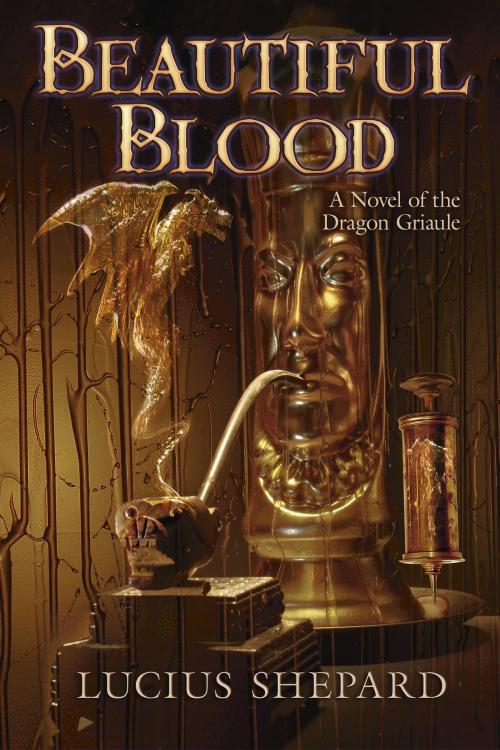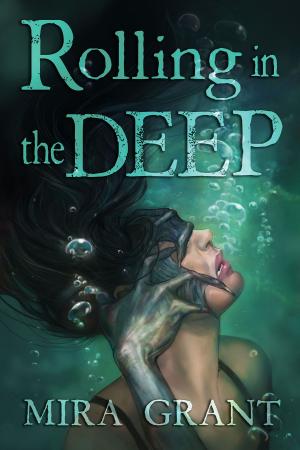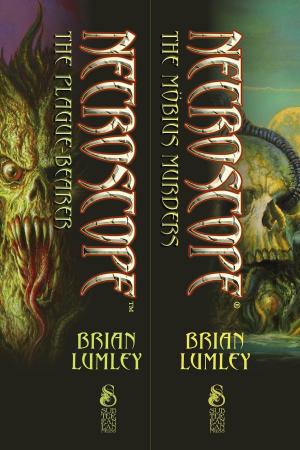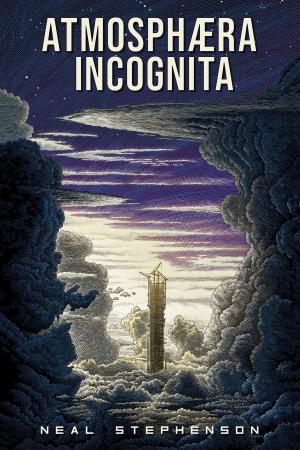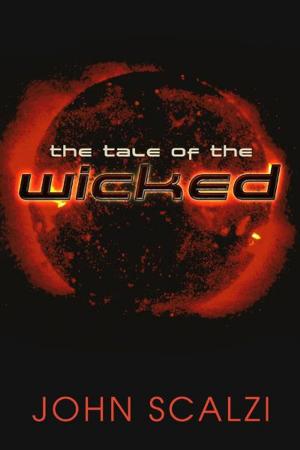| Author: | Lucius Shepard | ISBN: | 9781596066533 |
| Publisher: | Subterranean Press | Publication: | June 29, 2014 |
| Imprint: | Language: | English |
| Author: | Lucius Shepard |
| ISBN: | 9781596066533 |
| Publisher: | Subterranean Press |
| Publication: | June 29, 2014 |
| Imprint: | |
| Language: | English |
Lucius Shepard’s Beautiful Blood is something both special and long awaited: the first novel-length exploration of the world of the Dragon Griaule. It’s a subject that has preoccupied Shepard since the publication of “The Man Who Painted the Dragon Griaule” in 1984, and he has returned to it repeatedly over the years, though never before in such a mesmerizing, all-encompassing fashion.
Like the initial tale, Beautiful Blood begins in the 1850s in the town of Teocinte, in a world “separated from our own by the thinnest margin of possibility.” It is a landscape whose dominant feature is the massive, long-dormant body of an ancient dragon that has lain there, motionless, for millennia, exerting a powerful but mysterious influence on the surrounding area. The novel tells the story of Richard Rosacher, an ambitious young medical student who becomes fascinated by the properties inherent in the dragon’s blood. His exploitation of those properties launches him on a career that leads him from the shabbiest quarter of Teocinte to a morally ambiguous position of power, wealth, and influence. Beautiful Blood takes us though the entire length of that career, which is marked throughout by the invisible agency of Griaule, who may well be the driving force behind Rosacher’s astonishing ascension.
The novel also encapsulates the events of the initial Griaule story, events that dovetail neatly with the current tale. Meric Cattanay, the eponymous protagonist of “The Man Who Painted the Dragon Griaule,” makes a welcome reappearance here. Meric’s decades-long involvement with the dragon begins at roughly the same time as Rosacher’s. Their stories proceed along parallel but independent lines that occasionally intersect, providing us with a view of familiar events wider and deeper than any we have had before. The result is a colorful, involving narrative with profound metaphysical overtones, one that raises—but does not answer—significant questions. Is the dragon merely a bizarre but entirely natural phenomenon? Or is he/it the manifestation of some divine purpose? And to what extent are the actions of men like Meric and Rosacher the reflections of its implacable but enigmatic will? Questions such as these animate the narrative at every turn, adding an extra level of resonance to one of the most original and important fictional creations of recent years.
Lucius Shepard’s Beautiful Blood is something both special and long awaited: the first novel-length exploration of the world of the Dragon Griaule. It’s a subject that has preoccupied Shepard since the publication of “The Man Who Painted the Dragon Griaule” in 1984, and he has returned to it repeatedly over the years, though never before in such a mesmerizing, all-encompassing fashion.
Like the initial tale, Beautiful Blood begins in the 1850s in the town of Teocinte, in a world “separated from our own by the thinnest margin of possibility.” It is a landscape whose dominant feature is the massive, long-dormant body of an ancient dragon that has lain there, motionless, for millennia, exerting a powerful but mysterious influence on the surrounding area. The novel tells the story of Richard Rosacher, an ambitious young medical student who becomes fascinated by the properties inherent in the dragon’s blood. His exploitation of those properties launches him on a career that leads him from the shabbiest quarter of Teocinte to a morally ambiguous position of power, wealth, and influence. Beautiful Blood takes us though the entire length of that career, which is marked throughout by the invisible agency of Griaule, who may well be the driving force behind Rosacher’s astonishing ascension.
The novel also encapsulates the events of the initial Griaule story, events that dovetail neatly with the current tale. Meric Cattanay, the eponymous protagonist of “The Man Who Painted the Dragon Griaule,” makes a welcome reappearance here. Meric’s decades-long involvement with the dragon begins at roughly the same time as Rosacher’s. Their stories proceed along parallel but independent lines that occasionally intersect, providing us with a view of familiar events wider and deeper than any we have had before. The result is a colorful, involving narrative with profound metaphysical overtones, one that raises—but does not answer—significant questions. Is the dragon merely a bizarre but entirely natural phenomenon? Or is he/it the manifestation of some divine purpose? And to what extent are the actions of men like Meric and Rosacher the reflections of its implacable but enigmatic will? Questions such as these animate the narrative at every turn, adding an extra level of resonance to one of the most original and important fictional creations of recent years.
